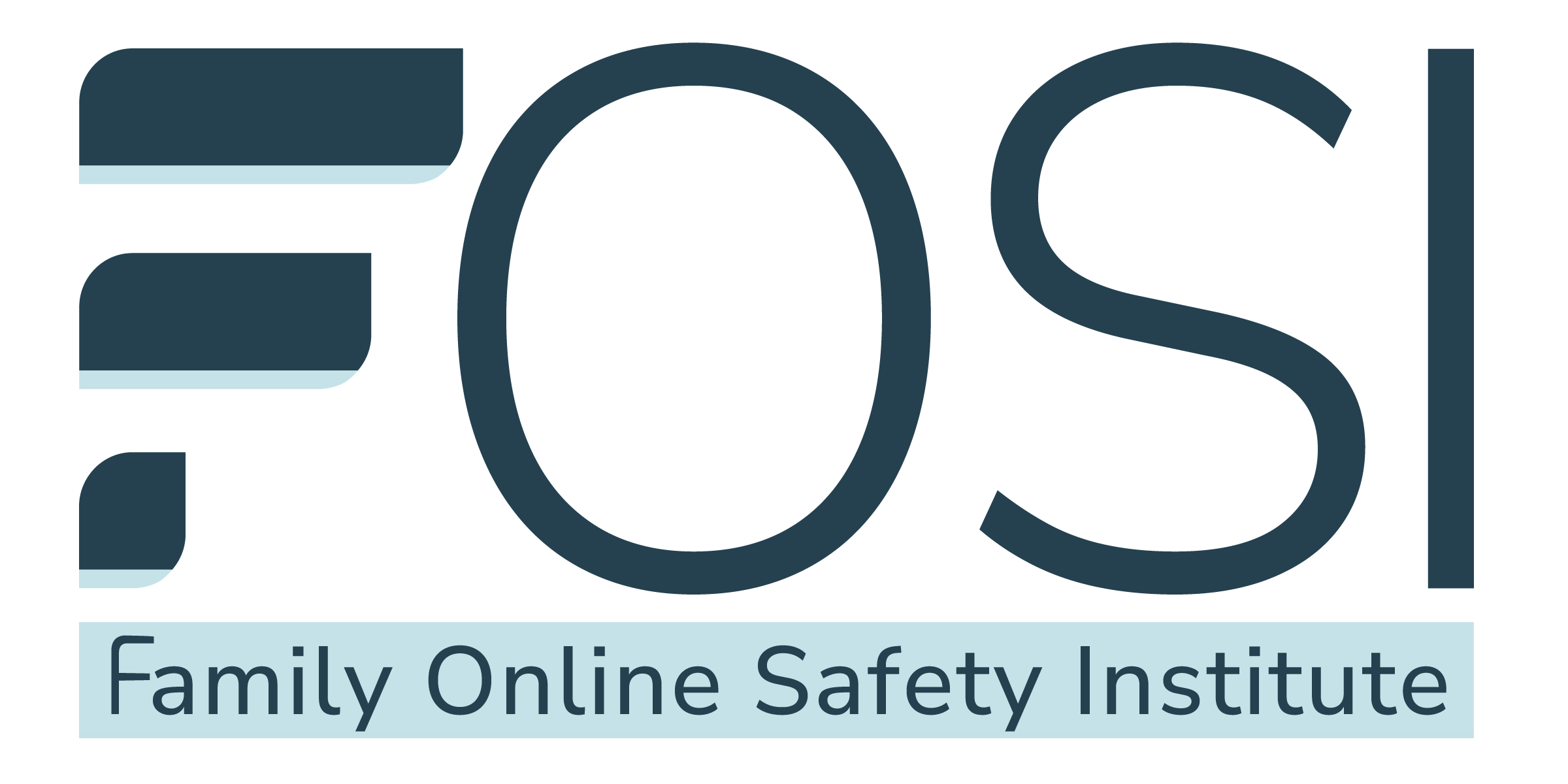Photo-Editing Technologies on Mobile Devices
For decades, we have recognized the phenomenon of advertisements promoting unrealistic beauty and body standards. Images of “perfect” physical appearances in the mass media are often viewed as toxic, and, with the surge in promoting self-confidence, adults have even started teaching younger generations to recognize these enhanced images. However, these falsified conceptions are moving beyond the mass communication industry and into our personal lives with the advent of photo-editing apps.
New tools for editing personal pictures for social media are emerging, namely app platforms. These apps allow users to edit nearly every aspect of pictures. This includes actual photographic aspects such as lighting, color, and shadows, as well as human features such as teeth, skin, and body shape.
One popular app is Facetune. An Israeli company, Lightricks, released the first version of the app in 2013 and has since released Facetune 2. The original app costs $3.99, and as of March, has sold over 10 million copies. The second version costs $1.99 per month, $6.99 six-monthly or $9.99 annually to access all the features. Self-described as a “makeup and beauty editing app,” the platform has retouching features to “whiten teeth, remove blemishes & pimples, smooth out skin, contour & slim faces—and so much more!” according to their website.
While photo-editing may increase adolescents’ confidence on social media, it is important that they use this growing technology in a safe way.
What can these apps mean for adolescents?
Some aspects of photo editing are largely harmless. Placing filters on photos to enhance the colors and lighting allows users to create a distinct look for their social media presence and increase the quality of images.
However, other features of photo editing apps can foster unrealistic expectations for beauty and body image. Perfect skin, bleached teeth, and a toned body are attainable for social media users with the use of some of these apps. Therefore, airbrushed images make their way onto social media accounts and into many of our social media feeds.
For example, some celebrities or social media influencers use apps like Facetune to edit their pictures for their social media accounts which have thousands, if not millions of viewers. For example, celebrity Khloe Kardashian, who has 76.9 million followers on Instagram as of mid-July, uses Facetune and even endorsed the app in 2016. Adolescents who follow her account are viewing images of a beauty icon that they likely perceive to be authentic; in reality, the pictures are altered in order to reach a higher level of unnatural attraction. Therefore, similar to advertisements, edited photos on social media may lead teens to set beauty standards higher than what are really attainable.
Perhaps even more impactful than celebrities using the technology to perfect their public image is the availability of apps like Facetune to your child and their peers. When adolescents see celebrities like Khloe Kardashian with perfected physical features, it is more likely understood that these images do not represent reality for most people, even if the viewer does not know that the images are altered. However, when your child’s friends begin to post edited images that remove all blemishes and imperfections, the expectation of perfection encroaches on your child’s personal world.
As a result of the bombardment of images with falsified appearances, your child may feel inclined to resort to using tools to change their physical appearance in their picture. Not only does this allow your child to present a falsified image to the world, it encourages them to critically examine what they want to change about their appearance and resort to choosing an artificial physical identity over their authentic self.
What we can do as parents
Like many other issues that arise with emerging technology, the use of photo-editing apps requires a conversation with your child regarding safe and healthy practices. It is important that your child understands that some of the images they see, even of some of their peers, may be edited in some fashion.
It also is a good idea to review the photo-editing apps that your teen uses and discuss the different features available to them. You and your child can decide together which tools foster healthy and artistic choices, and which features may not be a good idea to use on their photos. Engaging in open discussions as to why some editing features are potentially unhealthy not only leads them away from using them now, but encourages your child to understand why portraying their real self is important going into their adult life.
Written by
Rachel Friedman
Rachel Friedman is a current student at Vanderbilt University in Nashville, Tennessee. She is studying mathematics and history with a concentration in American history. At school, she contributes to the Vanderbilt student-run newspaper, The Hustler, and is an editor of the Vanderbilt Historical Review. In her free time, Rachel has enjoyed working at her synagogue, becoming involved in her sorority, Zeta Tau Alpha, and volunteering at an animal shelter and other organizations. Rachel is originally from Bethesda, Maryland.















.svg)

